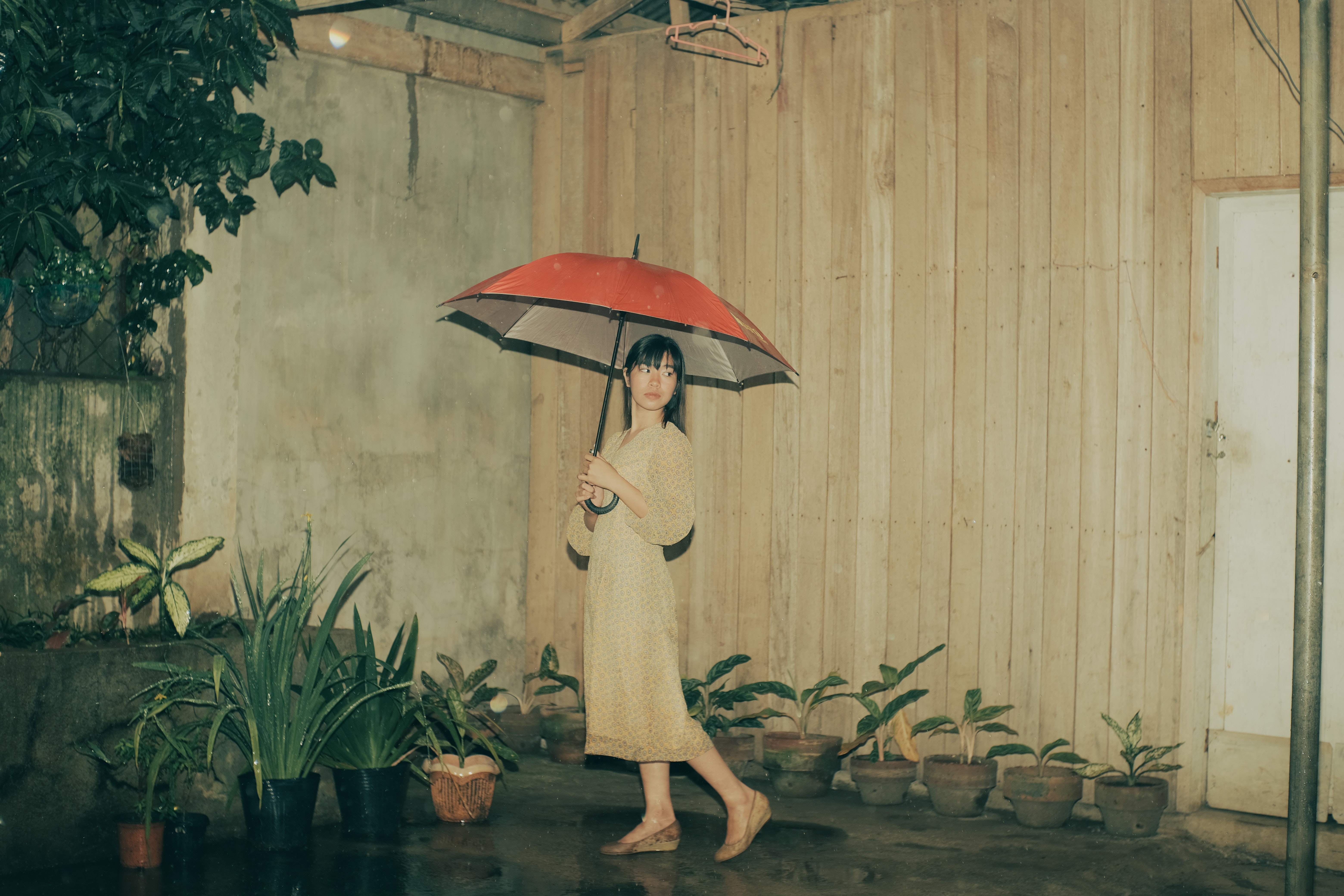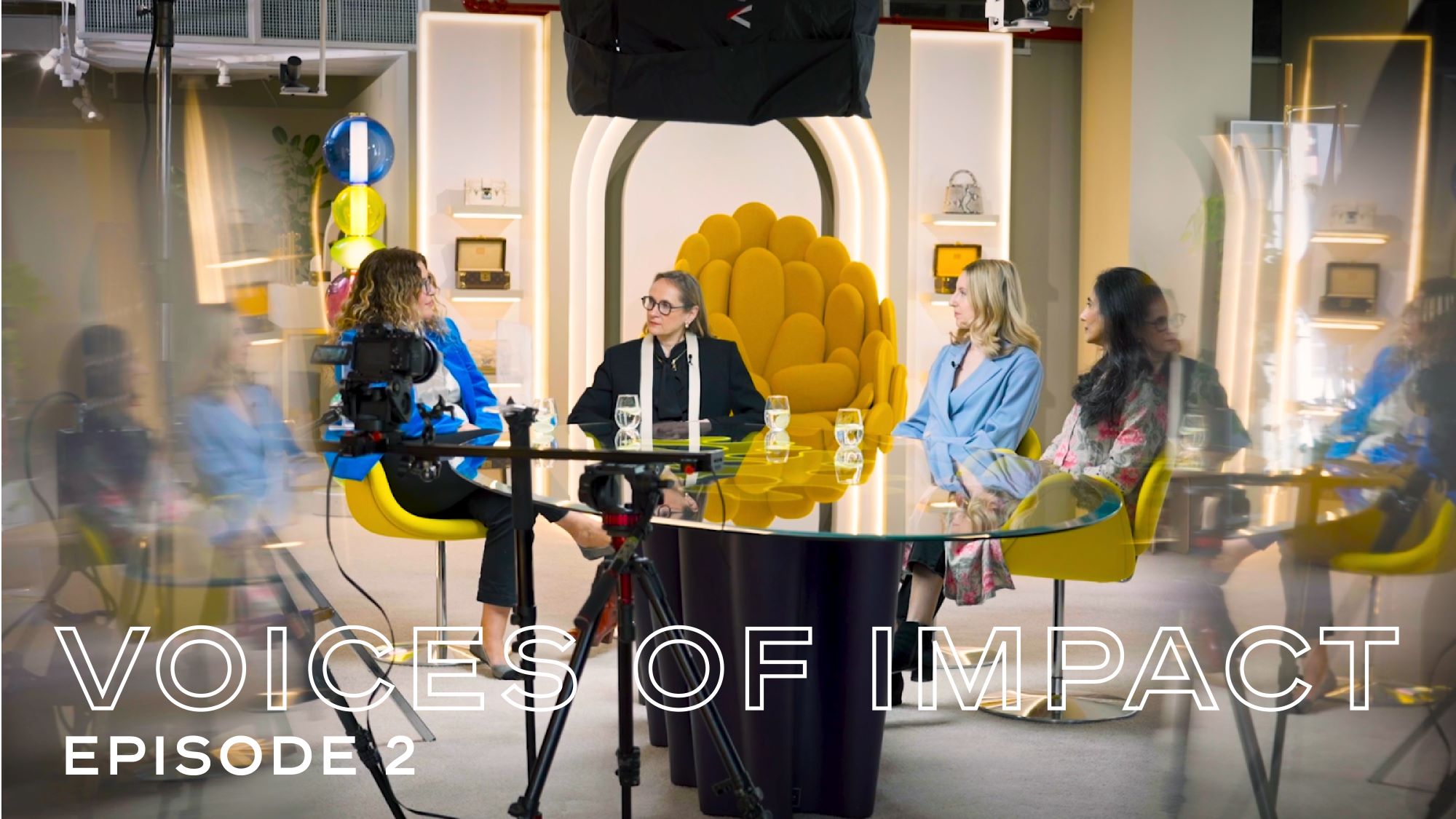The definition of biomimicry is the act of using nature as a model for human inventions.
It is a technological-oriented approach focused on putting nature’s lessons into practice. To see nature as a model, study the model and use it as inspiration for designing and solving humans complex problems.
Humans have been studying biomimicry only for the past half century as a form of innovative approach to problem solving. With climate change, the need and requirement of mimicking nature has given way to new solutions inspired by the natural processes of earth, which will aid the planet in ways that are not detrimental to our future.
Humans have mimicked nature in several ways, from finding shelter in caves and rock cut architecture since 6000 BCE to the use of silk in 4000 BCE – making it the first fabrics invented by humans. The Chinese were the first civilization to have learnt to spin fabric from the silk worm and hence create the silk road. This weaving strategy mastered by the Chinese is still being used around the world.
A few other examples of biomimicry is when umbrellas were invented. The story goes as follows: the first Chinese umbrellas were invented 2,000 years ago when children were spotted using lotus leaves to shield themselves from the rain. The function and form of the lotus leaf was mimicked and umbrellas were created, out of silk in fact.
The use of biomimicry has been in use for centuries, often in the most renowned architectural marvels. Biomimetic architecture is beyond utilizing nature as inspiration for the aesthetic components of built form but it seeks to use nature to solve problems of the building’s functioning.
The rock-cut caves of Aurangabad, dating back to the 6th-9th century, were Buddhist shrines. Among several caves is an important example of columns in a hall decorated with floral and vegetal motifs. While another is a series of columns that have fluted capitals in the form of a lotus
Built in 1850 for the Great Exhibition at Hyde Park, London, the crystal palace was an exemplary structure designed by Joseph Paxton and was inspired by the water lily Victoria Amazonica, the structural framing of the Palace using cast iron aligned with the natural form of lily leaves, ribs, and stems.
The cultural icon of Paris built from 1887-1889 is yet another wonderful example of biomimicry. The latticework found in the thigh bone structure was observed by anatomist Hermann von Meyer and engineer Karl Cullman in 1850-60s. The strength provided by the bone with an intricate network to withstand the weight of the body was further developed by Gustave Eiffel to design the form of the tower.
To provide shade from the sun and rain, the colosseum in Rome had velarium, which was a canvas-like mast sloping from the top of the structure till the end of the seating casting a hole in the center. It was a close imitation of the spider’s web which also created a ventilation effect.
From the understanding of landscape which comprised high mountain viewing towards the river which ran across the village to provide health and abundance, the ancient Korean villages replicated the latter ideology in their planning principles. The ancient Korean houses were made with roofs resembling the form of a mountain with a series of courtyards and water ponds imitating the geography. Probably one of the finest examples of biomimicry in urban dwellings.
Fashion has had its fair share of biomimicry.
While hunting in the Swiss Alps with his dog, George de Mestral noticed that burs in the woods stuck onto his clothes and his dog’s fur. While it was an inconvenience, he saw it as an opportunity. After further examining the burs, he noticed that its surface was made up of many tiny hooks. He invented Velcro in 1957 by mimicking this surface covered in tiny hooks and partnering it with a surface covered in tiny loops, resulting in the useful and important product we know today.
Inspired by mycelium, the network of thread-like cells that make up mushrooms, companies are inventing a highly durable material that is biodegradable and is a valid substitute for synthetic leather.
By mimicking animal fur, fabrics are created that protects the wearer from rain, condensation, and perspiration by repelling water away from the body exactly as fur does.
Bacteria and a fermentation process can be used to create dyes that do not fade over time. Most importantly, the process has proven to use up to 500 times less water than conventional dyeing methods–making the entire process highly sustainable.
Fabrics are now being created from orange skins, algae, and by-products of the food industry, and as biomimicry continues to progress, more fashion designers will experiment with new materials.
The concept of circular economy has been around since 1966 – the idea of planning business models with no waste. Since nature has its purpose in the ecosystem, most companies are now finding their own ways to eliminate waste or even create wealth out of it.
We have had stalwarts in the fashion industry who have used biomimicry in their designs, such as Issey Miyake, Hussein Chalayan, Yves Saint Laurent with his famous cocoon dress and even the late McQueen with his raven and butterfly head gears. These names have been synonymous in fashion and luxury, but as fashion goes through a transition, design gets a makeover with products that are not only niche but also sustainable and functional
While nature holds in it an enormous inexhaustible source of solutions, when it comes to biomimicry and humans, we have the potential to borrow, imitate, and create a world that is inclusive for man and animal in harmony with nature.
Referral sources-
Re thinking the Future
Weebly
Environment Ecology





